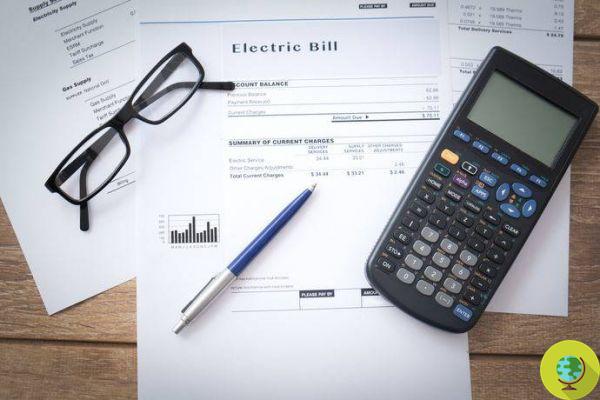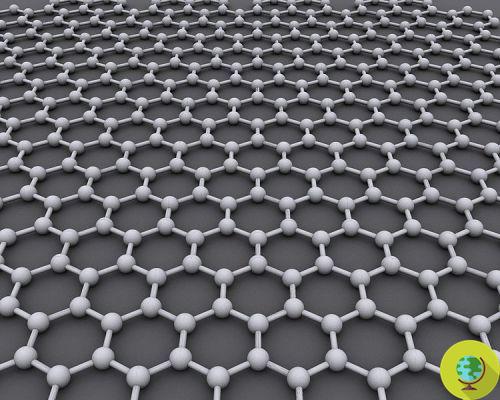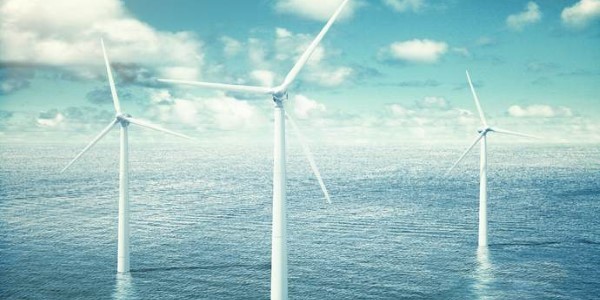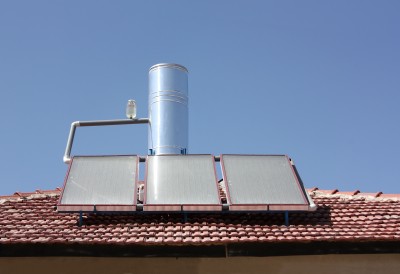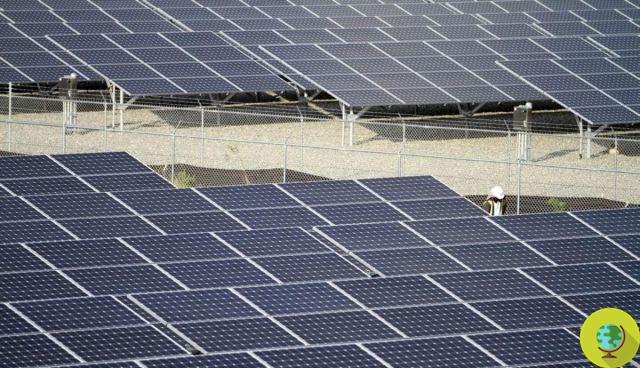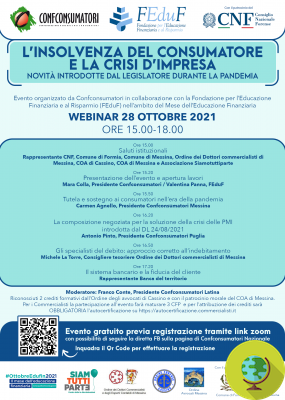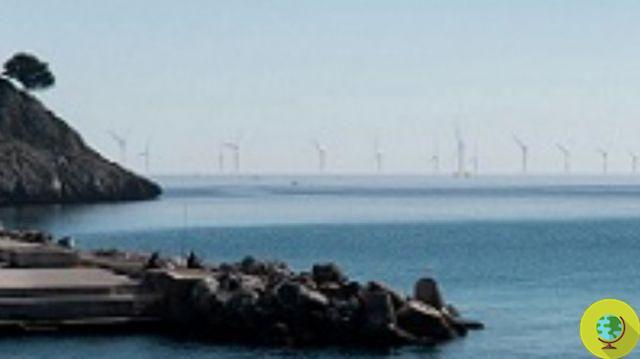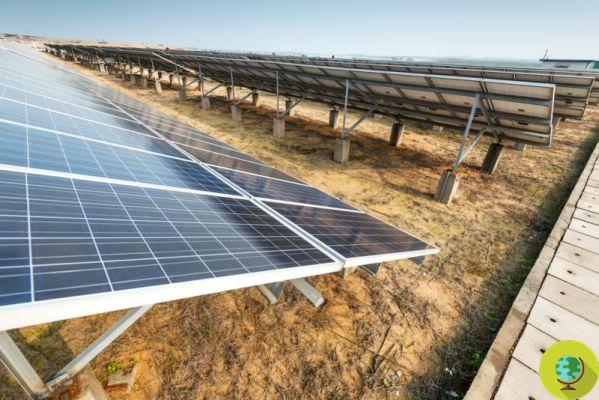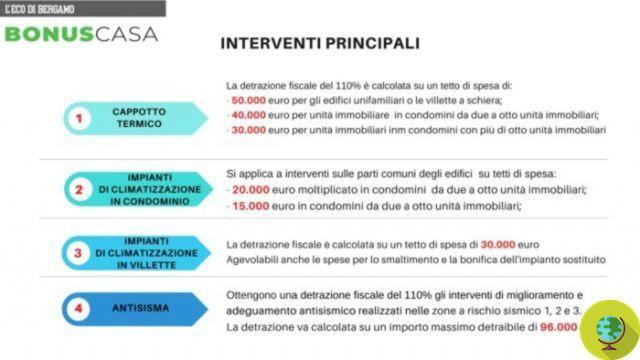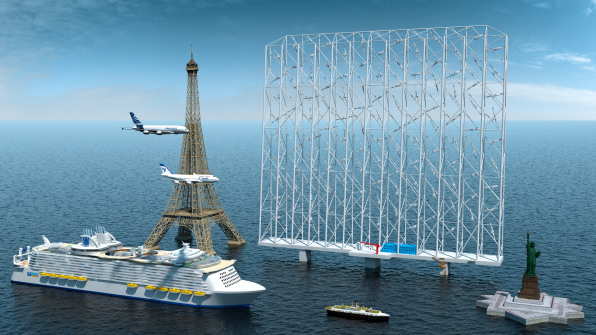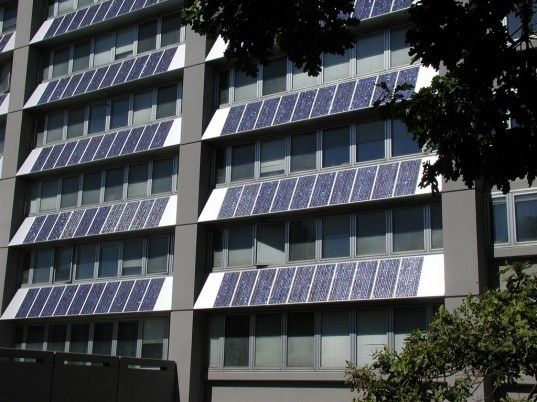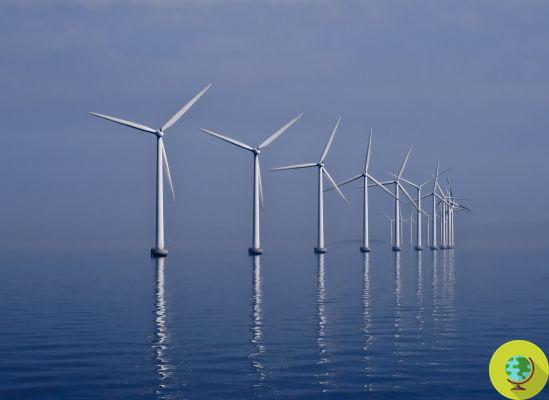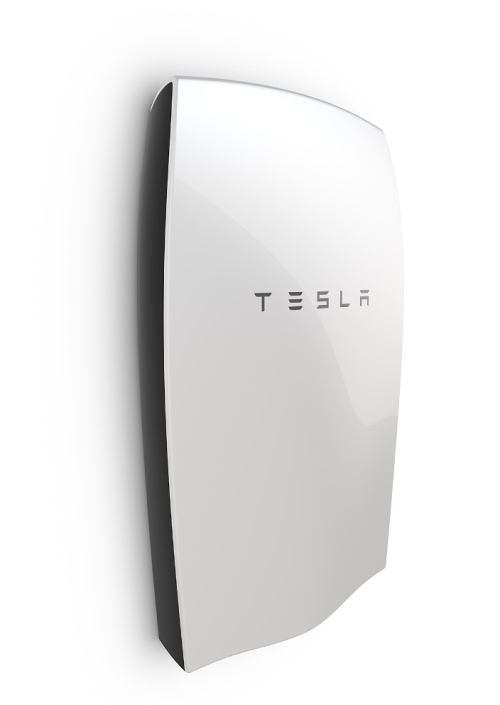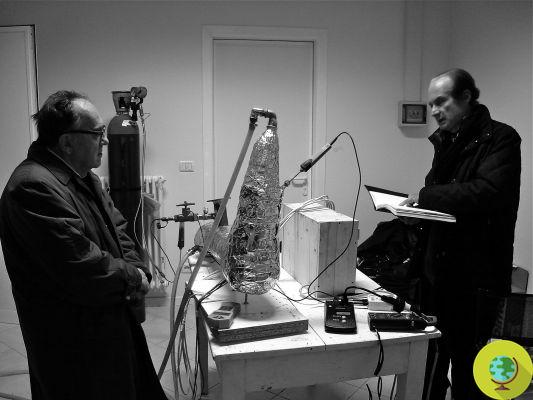The moon could be a renewable energy source in the near future. The Swedish company Minesto has developed a technology that transforms the energy of the tides (due to the Moon) into electricity, but perhaps it is better that our satellite helps us from a distance because the lunar dust is potentially toxic for us, even if you are wearing a spacesuit. to breathe
He is about to end up run over, his mother saves him
The moon could be a renewable energy source in the near future. The Swedish company Minesto has developed a technology that transforms the energy of the tides (due to the Moon) into electricity, but perhaps it is better that our satellite helps us from a distance, because the lunar dust is potentially toxic for us, even in suit. space to breathe.
Renewable energy from the Moon
All bodies attract each other, even in space, with a force, called gravitational attraction, which is greater the closer the bodies are and of great mass. This is why the Moon (and partly the Sun) generate the tides on our planet.
In fact, the gravitational attraction that these stars exert on the Earth causes the sea level to "raise", "lowering" it in the diametrically opposite part, with oscillations called high and low tides, due to the reciprocal position of the Moon-Earth and Sun-Earth. The force is also exerted on solid areas (the ground), but the liquid is more subject to deformation, which is why the effect is more evident there.
And it is there Luna the most responsible because the Sun, although larger, is 400 times more distant from the Earth than the Moon, with the consequence that our satellite will make its influence felt 2,2 times more. In fact, distance plays a greater weight because in the law of gravitational force distance, unlike mass, appears squared.
The tides cause a shift in liquid mass and this is it renewable energy) to all effects. And this has been known for some time, so much so that the European Commission has dedicated an energy supply strategy starting from this source.
In this context, Minesto's technology, called Deep Green, appears potentially revolutionary: the company, founded in 2007 as a spin-off of the Swedish aerospace company Saab, has in fact created a "set of kites" that move in the ocean thanks to underwater currents generated by the tides and that with their motion power an electric turbine.
Brilliant? Certainly something that did not exist before, which in principle resembles the Kitegen technology, with which energy is produced from the wind at high altitudes. But that clearly surpasses it and that also seems to surpass other technologies that attempt to exploit the energy of the tides.
The device, the inventors promise, is in fact capable of obtaining energy too from very low currents, which are really everywhere. If this were confirmed, the energy gain would rise a lot because with the same production costs there would be revenues practically everywhere. The first prototypes were put up in operation already in 2009 with good results. We'll see.
The toxic side of the moon
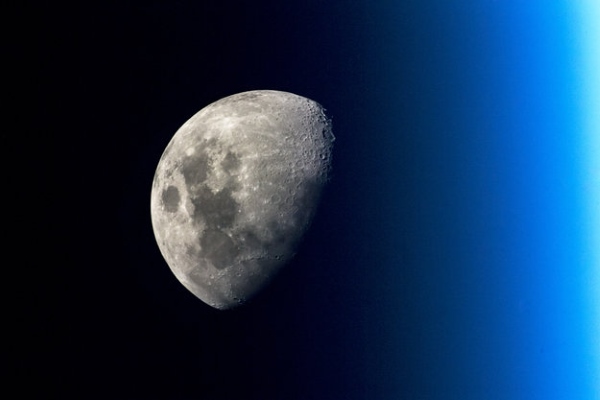
Photo: That
The Moon could therefore help us to abandon oil and thus to make our planet cleaner and more liveable. But, according to what scientists have argued, it is better to do it "from afar". The powders "offered" by our satellite could in fact be very toxic for terrestrial beings and therefore the colonization of our satellite, regardless of the oxygen deficiency, it may still be impossible.
When the Apollo astronauts returned from the moon, the ESA reports, the dust stuck to their space suits caused pain in the throat and watery eyes, as it was made up of sharp, abrasive and potentially toxic particles.
In reality, there are no precise analyzes yet, but it is known that it contains silicate, often present on planetary bodies with volcanic activity. And it is also known that miners on Earth suffer from lung inflammation due to the inhalation of this family of chemical compounds.
Observations conducted during the Apollo missions have shown that on the Moon this dust is so abrasive that it destroys layers of spacesuit boots as well as the airtight closures of sample containers collected during expeditions. More than abrasive in fact, it seems to be sharp like glass.
And there is another factor at play: the low gravity of the Moon, one sixth of that of Earth, allows particles of lower mass to remain suspended longer and therefore to penetrate deeper into the lung. Experts report in this regard that particles 50 times smaller than a human hair can stay around for months in the lungs, and the longer they stay in the lungs, the greater the chance of toxic effects.
Conclusion: the Moon can be a 'amazing resource, but at a distance.
Read also:
- Hannah Herbst, at 15, invents a low-cost device to extract energy from the oceans (VIDEO)
- Submarine turbines that produce 10 times more energy from waves than a nuclear power plant
Roberta de carolis
Cover photo: Minesto




